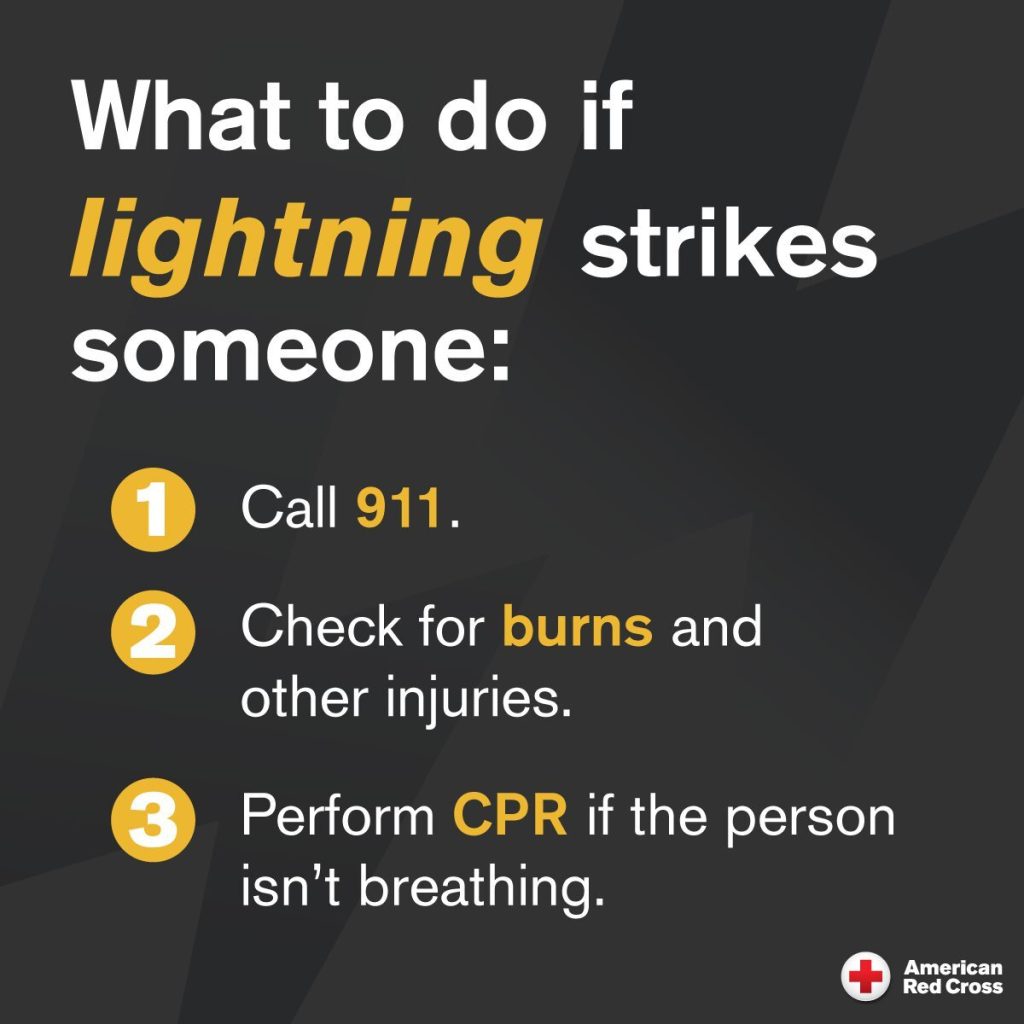By Zain Ahmad

As we come together to celebrate our nation’s independence with barbecues, fireworks, and outdoor fun, it’s important to keep grilling, insects, fireworks, and campfire safety in mind. From the Red Cross, this guide offers crucial tips to help you have a safe and enjoyable holiday.
Grilling Safety
One of the main traditions celebrated during the 4th of July is a good barbecue, but doing so can be risky. Here are some tips to have safety when barbecuing during the 4th of July:
- Always keep an eye on the grill while it’s in use to ensure safety, and always make sure to never grill indoors.
- Keep yourself and others away from the heat. When cooking, use long utensils to keep a safe distance from the grill as well.
- Keep perishable food out of the sun to avoid foodborne illnesses.
Insect Safety
Outdoor activities on the 4th of July can attract insects that can cause major consequences if not treated and protected from. Here are some tips to stay safe from insects:
- Apply repellents when outside to stay safe from any insect bites.
- Opt for long-sleeved shirts and long pants, tucking pant legs into socks or boots, and shirts into pants.
- When hiking, stick to the center of trails and avoid tall grass.
- If outdoors for extended periods, check yourself regularly, especially in hairy areas like the neck and scalp. Try not to stay outdoors during dusk and dawn when mosquitoes are most active.

Fireworks Safety
Fireworks are a highlight of 4th of July celebrations but can be hazardous if not used correctly. Use these tips to ensure safety:
- Never allow young children to handle fireworks. Older children should use them only under close adult supervision. Wear protective eyewear when using fireworks.
- Never hold lighted fireworks in your hands, ignite them indoors, aim them at another person, or use them in closed areas.
- Have a bucket of water nearby to extinguish any fireworks that don’t go off or in case of a fire.

Campfire Safety
Campfires provide a good background vibe when celebrations are happening, but they can be severe if handled incorrectly. Here are some safety tips for campfires:
- Set up campfires at least 25 feet away from tents, shrubs, and anything that can burn.
- Ensure all fires are turned off or completely put out before leaving the area.
- Keep matches and lighters out of reach and sight of children.
By following these important safety tips, you can ensure that your 4th of July celebration is both fun and safe. Keeping safety a priority allows you to fully enjoy the spirit of Independence Day with peace of mind. Share these tips with friends and family, and from the Red Cross, have a safe and happy 4th of July!
Check out the American Red Cross Summer Safety Tips webpage for more info.






















